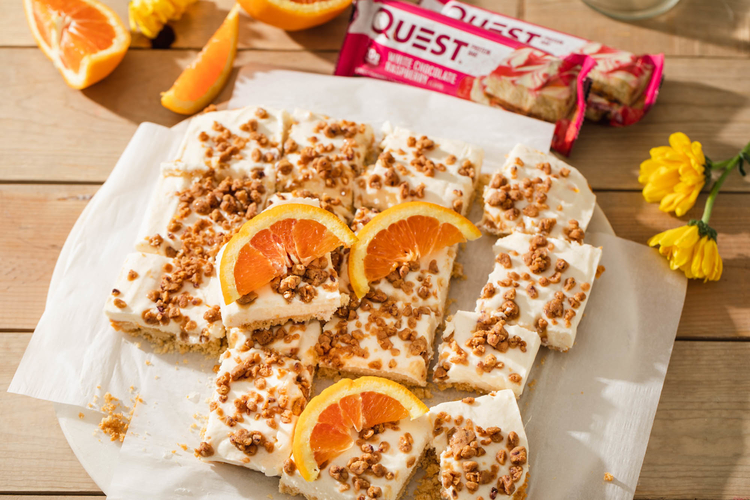The Best and Worst Oils to Eat for Better Health
There are various cooking oils to choose from—some being better for high-heat cooking, such as for stir-fries, and others being more suitable for low-heat cooking, like for a fresh green salad or a batch of roasted kale chips. And beyond the cooking technique, some oils have more health benefits than others.
Of course, avoiding frying and looking for better-for-you cooking styles, like baking, roasting, and sautéing, will create a healthier dish in general. Compare fried chicken wings to baked chicken wings or grilled chicken breast, for example. But also some oils have certain heart-healthy or anti-inflammatory properties to take the nutritional profile to the next level.
Here are the best and worst oils to enjoy for optimal health and longevity. Plus, great flavor! (That’s important, too, right?)

Best: Olive Oil
Olive oil is long known for its high content of heart-healthy monounsaturated fats known to keep inflammation at bay and it is staple in Mediterranean style cooking. “The Mediterranean eating pattern is consistently shown to be the best for long term health and while it doesn’t have a high smoke point, extra virgin olive oil is very resistant to oxidation, meaning it won’t form high amounts of harmful compounds,” says Kelly Jones MS, RD, CSSD, LDN.
That means you should get a fragrant or herbaceous olive oil for dipping with bread and veggies (so you can taste the pronounced flavor and real olive oil notes within the blend) or use it to drizzle over fresh greens to highlight the flavors in a natural state. If cooking, you can use it to roast veggies or to go with chicken, citrus and herbs, for example. It is simple and delicious.

Best: Avocado Oil
“Like olive oil, avocado oil is rich in mono-unsaturated fat, but it also provides small amounts of omega-3 ALA, a fat we want to be eating more of for anti-inflammatory purposes,” she says. Avocado oil also doesn’t have a strong flavor like olive oil, so it is more versatile for a variety of cooking styles, including baking, where you want to hide that oil-like taste. It has a high smoke point above 500, too, so you can use it for high-heat cooking needs.

Best: Sesame Oil
Another good option is sesame oil. “For stir fry and fusion dishes, sesame oil has a smoke point of 450 degrees and offers healthy balance of mono and polyunsaturated fats, with little saturated fat,” she says. The flavor enhances these type of dishes and goes well with a variety of spicy or peanut based sauces, which can be great for you if they have a clean profile, are lower in sodium and sugar, as well as bad fats, and are pure where you get the nice positive benefits of heart-healthy peanuts.

Worst: Vegetable Oil
“Vegetable” oils are highly processed and come from seeds of foods you would not generally eat in high amounts. “Because of their heavier processing they may damage with heat more easily and they also contain much more non-omega 3 polyunsaturated fat instead of monounsaturated fats, the latter of which are prevalent in the best types of oils,” she says.
While it isn’t worth stressing over small amounts in packaged products you might eat when you’re in a bind for time and need something on the go, it isn’t an oil to buy at home and to use yourself in your own cooking.

Worst: Palm Oil
Palm oil is often used in packaged products, especially after trans fats were identified as unhealthy, making palm oil a replacement in name. It isn’t good for you, as it’s high in saturated fat, which is similar to coconut oil, but without a strong flavor, says Jones.
“However, palm oil is a major contributor to deforestation of important rain forests, which increases chances of forest fires as well as extinction of species who no longer have a place to live,” she says. “And in the long term, this impacts your health directly through the type of fat and indirectly since climate change is already impacting food availability,” she adds. Try and eat it in smaller quantities and never use it at home!
Worst: Flaxseed Oil
“Flaxseed oil may be rich in omega-3 ALA, but oxidizes very easily. I recommend using ground flax in recipes for the healthy fats and fiber, and sticking to other oils for cooking that offer a better mix of healthy fats without the potential to convert to harmful compounds when cooking,” she says. That means, go with fresh flaxseed as a topping for oatmeal, yogurt, chia seed bowls, salads, muffins and more, as well as ground flaxseed for baking purposes and ditch the oil in favor of more nutritious ones.




